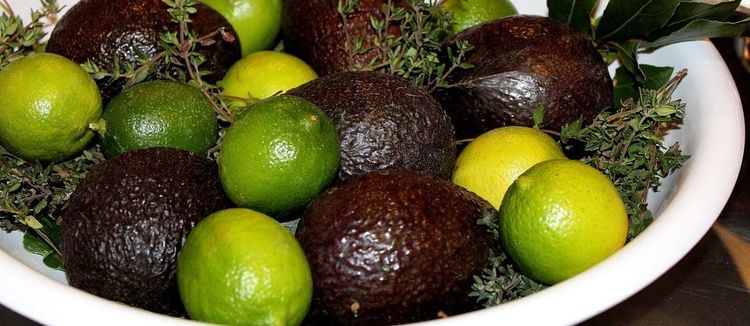In Mexico, Risks Rise for US’ Biggest Cheese Export Market
Mexico is by far the No. 1 destination for US cheese exports. With the US dairy industry sitting on a mountain of surplus cheese, any development that undermines its ability to sell into Mexico is bad news. Trade tariffs Mexico erected against the US this summer, now easing, was one such obstacle. Another is a new Mexico-EU trade agreement, reached in principle in April. And Mexico’s newly elected government is planning agricultural programs that could increase milk production, and in turn give a boost to the country’s domestic cheese industry.
A new USDA report clearly shows that Mexico’s domestic consumption of products such as cheese and yogurt are growing much faster than the country’s ability to produce the raw ingredient for those products—milk. Mexico’s fluid cow milk production for 2019 is forecast at 12.5 million tonnes, a modest increase from 12.3 million tonnes this year, according to USDA estimates. About two-thirds of the milk is used by industry, including to make traditional cheeses like Fresco, Doble Crema, Panela, and Amarillo. Cheese production in 2019 is forecast to be 422,000 tonnes, up from 410,000 tonnes this year. But that provides less than 80 percent of domestic consumption needs. The US supplies the bulk of Mexico’s cheese imports, with a market share of 79 percent.
Mexico’s new president aims to bring some relief to the country’s dairy industry, including helping smallholder farmers increase production through guaranteed prices and help with repopulating dairy cattle herds. The programs will also work to increase government-purchased milk that will be distributed to low-income families. EU countries grabbed some of the Mexican market as a result of that country’s tariff regime against the US, and can be expected to keep a foothold in the country even after trade relations with the US have eased. An easing is expected now that the US, Mexico, and Canada have reached a revised NAFTA agreement. What’s more, when technical negotiations on the new EU trade pact conclude and the agreement is officially endorsed, the final accord is expected to contain provisions to protect EU geographical indications (GIs) that could negatively impact cheese exports from the US.
With the US dairy sector so heavily reliant for cheese exports on the Mexican market (cheese exports to Mexico are 85 percent greater than to South Korea, the No. 2 destination), industry and trade officials need to watch closely for disruptions that could take the US down a peg.

Mexicans increasingly consume more cheese than the domestic industry produces. The US provides nearly 80 percent of the country’s cheese imports.
 Blog
BlogGro Launches Model to Predict China Wheat Production and Deduce Import Needs
 Blog
BlogChinese Customs Data Is Now Available on the Gro Platform
 Insight
InsightSummer Could Dull Impact of US/Mexico Tariffs on Produce
 Insight
Insight

 Search
Search